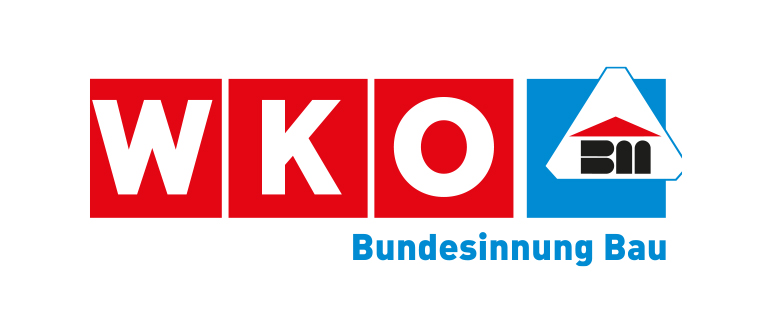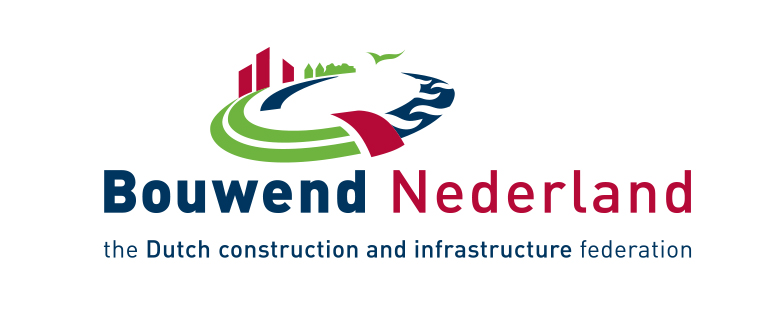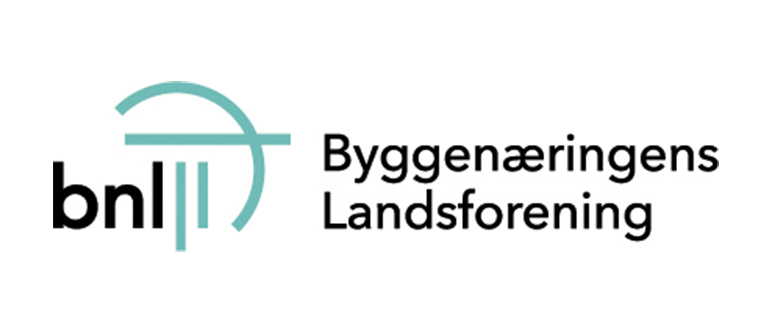Overall construction activity
The corona crisis caused the Austrian economy’s worst decline since the Second World War. The declines are concentrated in the second quarter of 2020 during which the economic and social life was severely restricted by a lockdown. Forecasts indicate a decline in GDP of 7%. As sudden as the pandemic came, the recovery was all the more rapid. The second half of the year was much stronger again. In any case, unemployment will remain above the pre-crisis level in 2022.
The particularly strong momentum of the corona crisis is also visible in the construction industry. With construction sites closing in March, production dropped sharply. However, the recovery was stronger than in other sectors. This confirms the good starting point of the Austrian construction industry before the start of the pandemic. By summer 2020, production had already returned to the previous year’s level. The rapid recovery and well-filled order books should also ensure stable growth rates in the coming years. Overall, total construction output is expected to decline by 2.8% (in real terms) - a significantly lower decline than for the entire economy. Provided that there are no further restrictions in 2021, a rebound in the construction industry is currently forecasted for 2021. Construction volumes could already be above the pre-crisis level by the end of 2022.
Housebuilding
Despite a slowdown, residential construction was a driver of growth for the Austrian construction industry in 2019. Corona-related production shortfalls will also lead to a negative result in residential construction in 2020 but are somewhat weaker than in other economic sectors. Housing construction in Austria was already affected by a decline in growth before the crisis and is expected to grow at a lower rate due to weak population growth and strong housing supply in recent years. Thanks to government programs for energy efficiency in buildings, strong impetus is expected from renovations in the coming years. Depending on how serious the government takes the climate targets for 2030, the increase in the following years might be even stronger.
GDP 2020
BILLION
POPULATION 2020
Total investment in construction in 2020
BILLION
Non-residential construction
Construction activity in non-residential construction was moderate for a long period with a more dynamic development in 2018 and especially in 2019. In 2020, there were already signs of a slowdown before the outbreak of Covid-19. However, in the course of 2020 it became apparent that the downturn would be weaker than assumed. Overall, the current forecasts therefore indicate a decline in construction activity of 5%. Uncertainties will continue to have a negative impact in 2021, particularly on new construction in the industrial and commercial segment. Therefore, the expected rebound effect in non-residential construction, as a result of the overall economic recovery in 2021, is also likely to be weaker. At present, growth is forecasted to be at a rate of 3.5% in 2021 and around 2.5% in the following years 2022/23.
Civil engineering
Civil engineering has benefited from investment in transport infrastructure over the last two years. In 2020, the volume of civil engineering works fell as a result of the pandemic. However, the decline was less severe than in other sectors as closures due to Covid-19 were short and partial, which led to minor delays in project implementation. However, increasingly limited budgets, including at the municipal level, will have a negative impact on the development of civil engineering in the following years. The Austrian federal government tried to compensate for this shortfall with an investment plan of €1 billion in summer 2020, contributing up to 50% of the costs of planned municipal investments. Eligible investments in the civil engineering sector mainly concern public transport with railway construction having a particularly stabilising effect. The current railway framework plan also shows significant increases in investment in the coming years. Other priorities include the development of telecommunication networks and the expansion of renewable energy sources and energy networks.
| Per cent variation of investment in real terms on previous year | |||||||
| investment Mln. € fixed prices | |||||||
| Sectors | 2020a | 2017 | 2018 | 2019 | 2020a | 2021b | |
| 1. | Building | 36,528 | 3.1 | 2.3 | 3.9 | -3.3 | 2.7 |
| 1.1. Housebuilding | 19,746 | 6.0 | 1.9 | 4.3 | -1.8 | 2.0 | |
| 1.1.1. New | 13,703 | 6.8 | 2.1 | 4.5 | -1.9 | 1.8 | |
| 1.1.2. Renovation | 6,044 | 4.3 | 1.5 | 3.7 | -1.6 | 2.5 | |
| 1.2. Non residential (c) | 16,781 | 0.0 | 2.8 | 3.5 | -5.0 | 3.5 | |
| 1.2.1. Private | N/A | N/A | N/A | N/A | N/A | N/A | |
| 1.2.2. Public | N/A | N/A | N/A | N/A | N/A | N/A | |
| 2. | Civil Engineering | 8,568 | 0.3 | 9.2 | 2.5 | -0.8 | 1.7 |
| (1 + 2) | Total Construction | 45,096 | 2.6 | 3.6 | 3.6 | -2.8 | 2.5 |
| a: estimate - b: forecast - c: incl. R&M | |||||||
| Number of building permits in residential construction | |||||||
| 2017 | 2018 | 2019a | 2020a | 2021b | |||
| single dwelling | 17,900 | 18,400 | 18,100 | 18,000 | 18,000 | ||
| collective dwelling | 48,100 | 36,400 | 35,300 | 33,500 | 33,500 | ||
| other types of dwelling | NA | NA | NA | NA | NA | ||
| Total | 66,000 | 54,800 | 53,400 | 51,500 | 51,500 | ||
| (Collective dwellings and other types of buildings: in number of flats) | |||||||



































